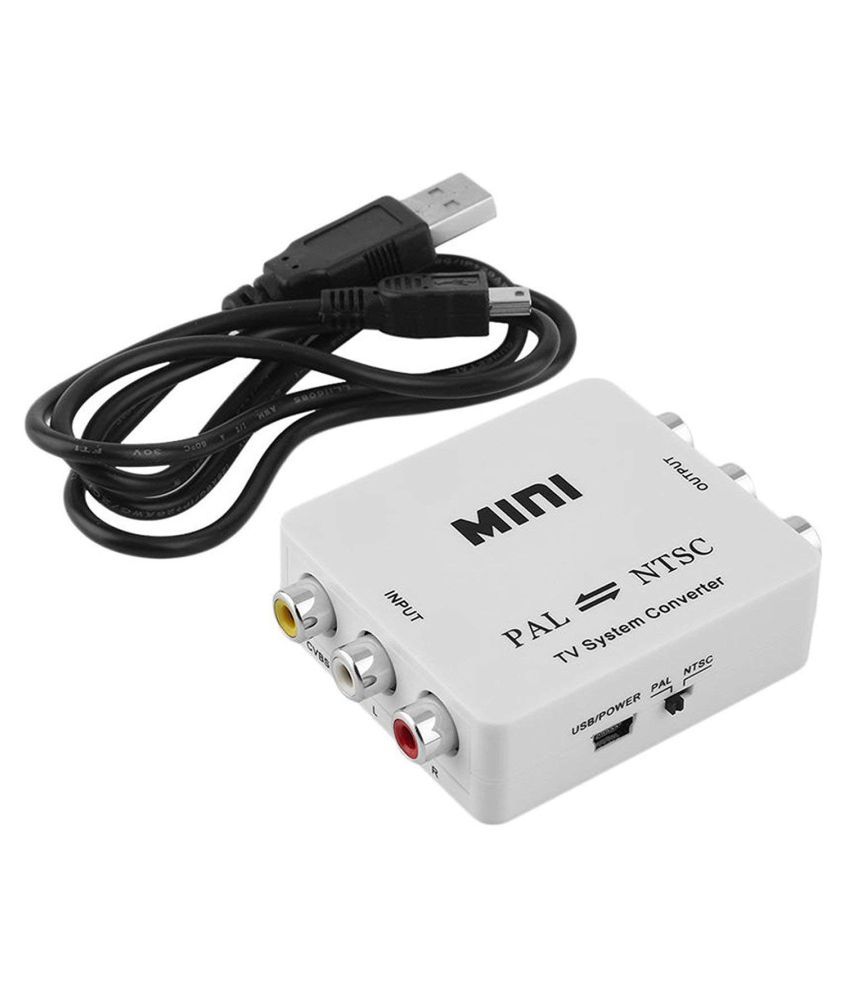
This allows a television station to broadcast more channels and more HD channels over the same airwaves, giving you more variety of programming with better quality.Īnother difference between Digital and Analog is the ability for digital signals to broadcast programming in a true HD widescreen (16:9) format. In fact, according to four or more digital channels use the same bandwidth as a single analog channel. A digital transmission requires less bandwidth when compared to a similar Analog signal.
Digital to analog tv converter box comparison tv#
That means you enjoy a consistently clear picture, high-quality audio, and no static or snow.Ī Digital TV signal is also a more efficient technology. Because it uses this code, digital signals do not experience the same interference, or signal loss, that analog TV signals do. The data uses a combination of 1’s and 0’s, similar to your computer, DVD player, and Internet. And like a radio signals, analog transmission declines the further away you are from the source.Ī Digital TV signal, on the other hand, transmits in “packets” of compressed data. It can also cause fluctuations in color, brightness, and sound quality. This can cause static, snow, or ghosting on a channel. Like radio signals, an analog TV signal can experience interference with their frequencies. You know these frequencies as channel numbers on your TV. Each station has a single frequency over which to broadcast its analog television signal.

Analog TV’s transmit audio and video signals over the airwaves in a manner similar to a radio signal.

So what is the big difference between Analog and Digital transmission? Here are a few interesting facts we found on and The big difference between Analog and Digital is how the signal is transmitted from the source to the TV in your home. Today, the FCC requires all TVs to contain a digital tuner and for most TV stations to broadcast their channels in digital format. But in 1996, a new technology was invented that would change the way TV signals were transmitted through the air, with a digital signal. When the first television broadcasts hit the airwaves in the 1920’s, television shows were transmitted using an analog signal.


 0 kommentar(er)
0 kommentar(er)
